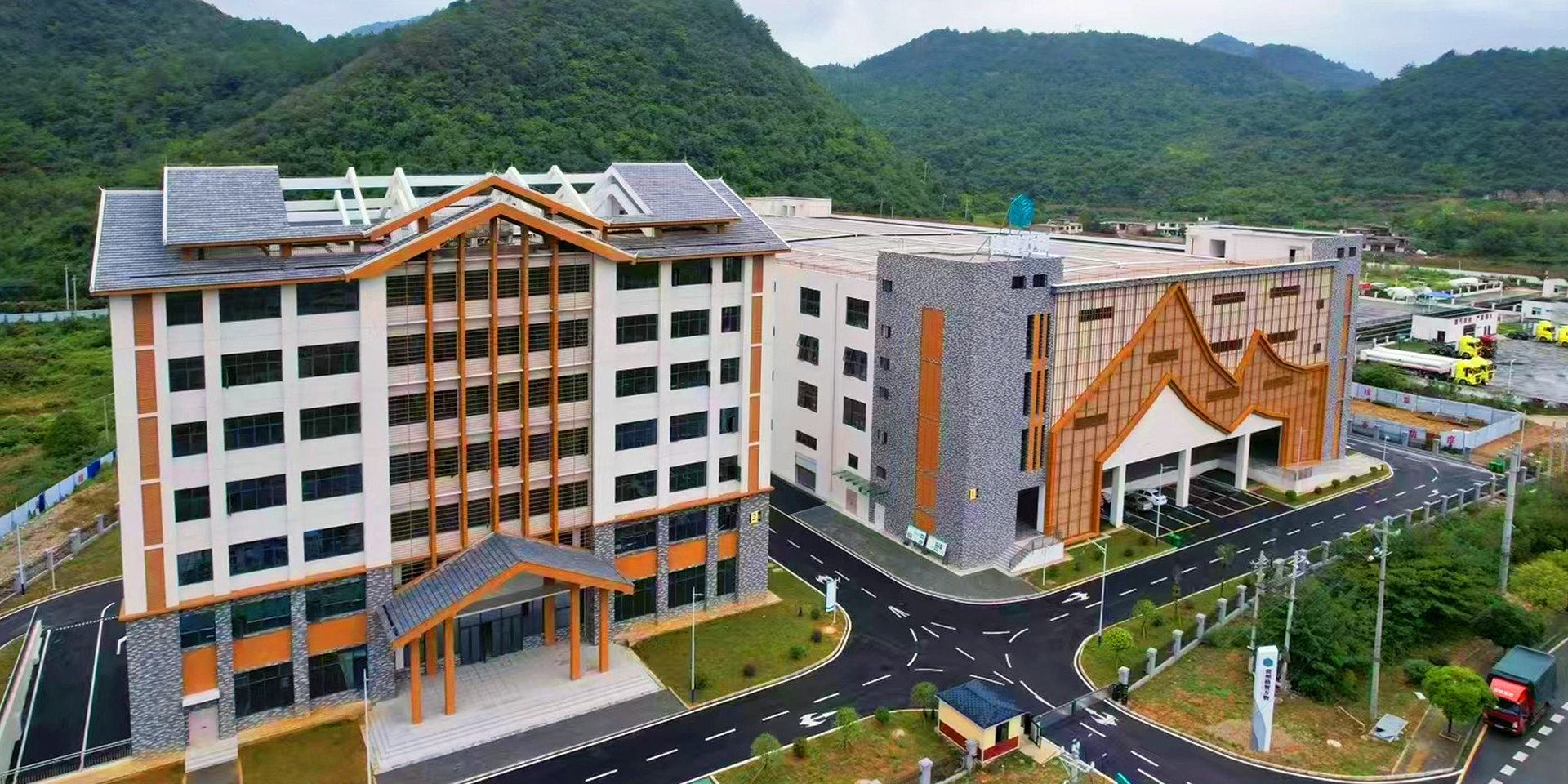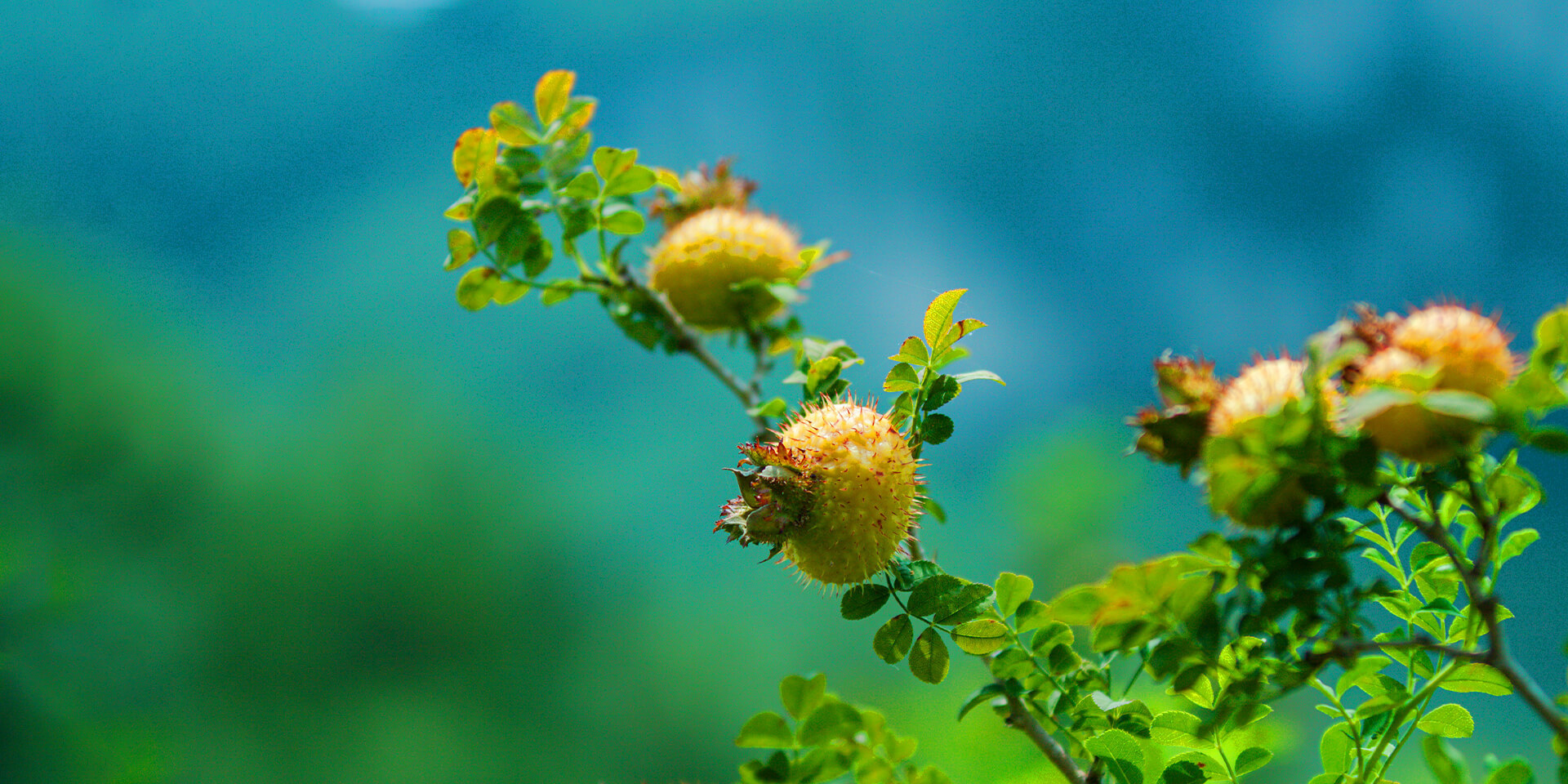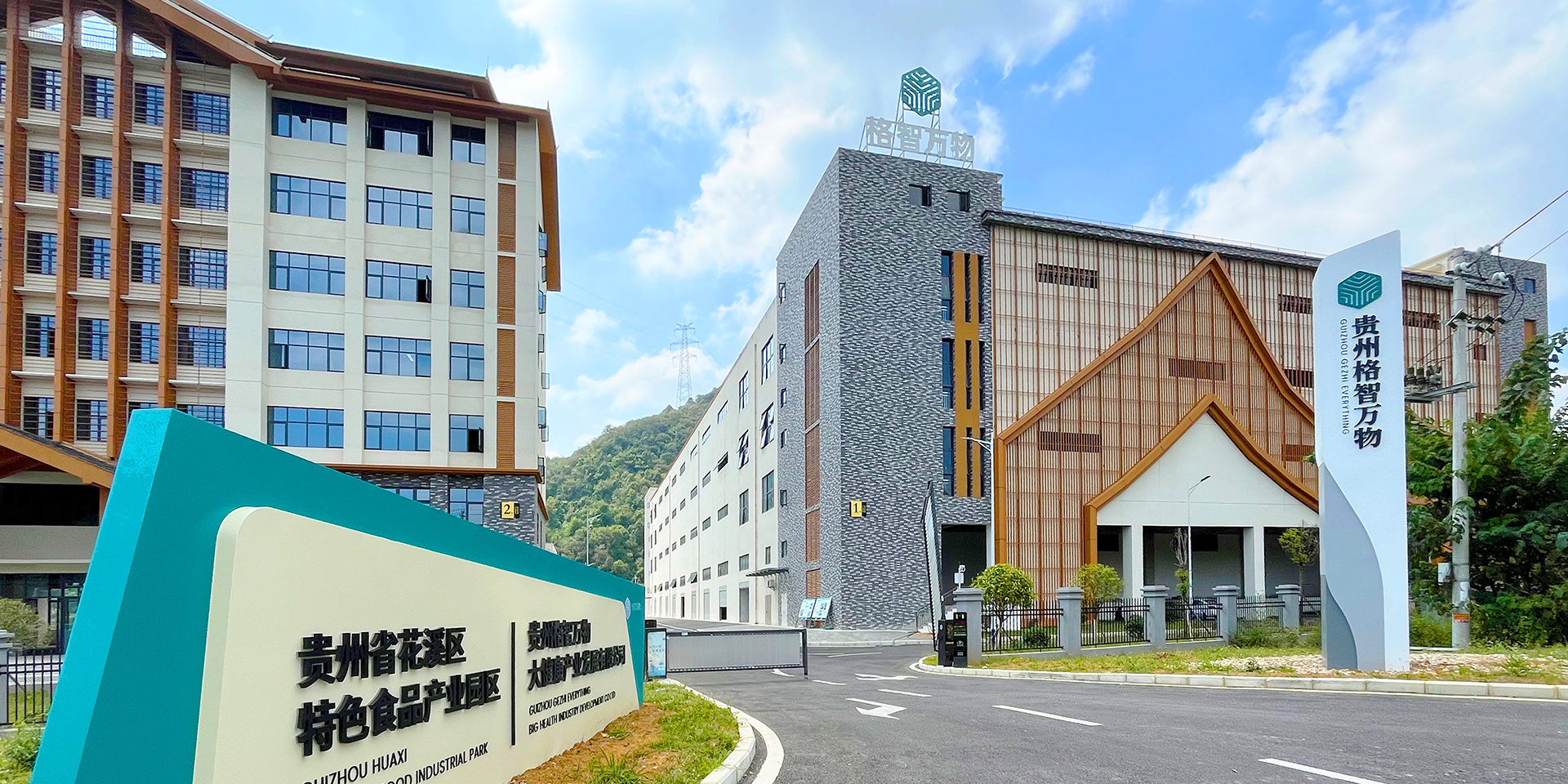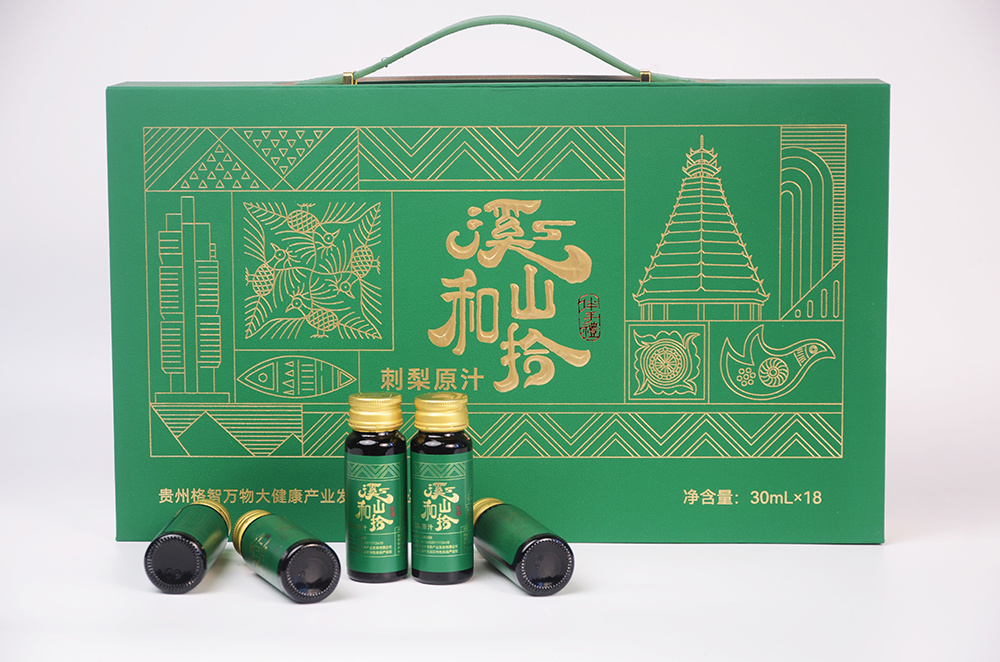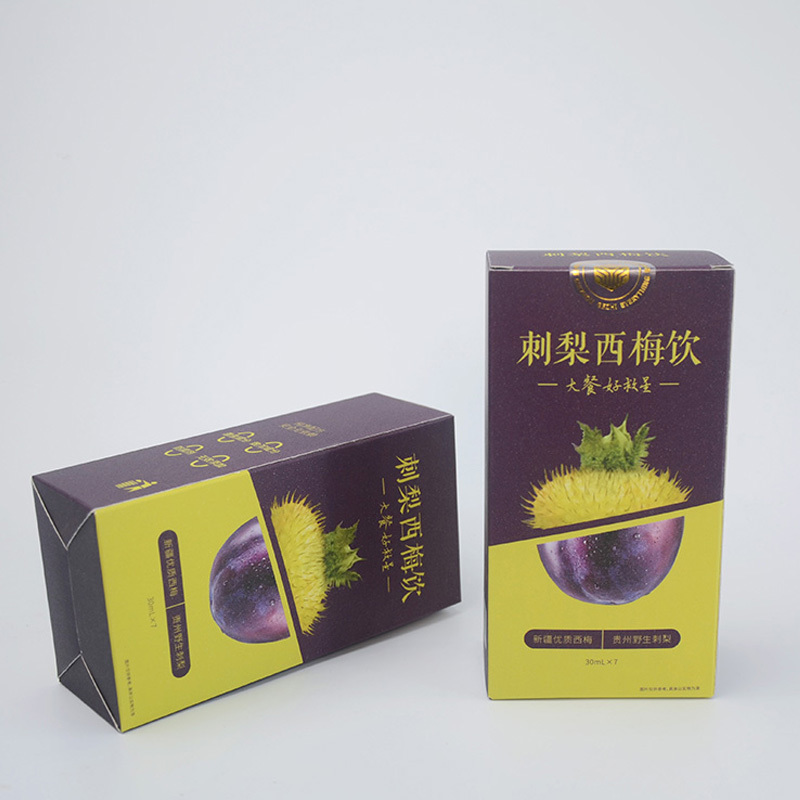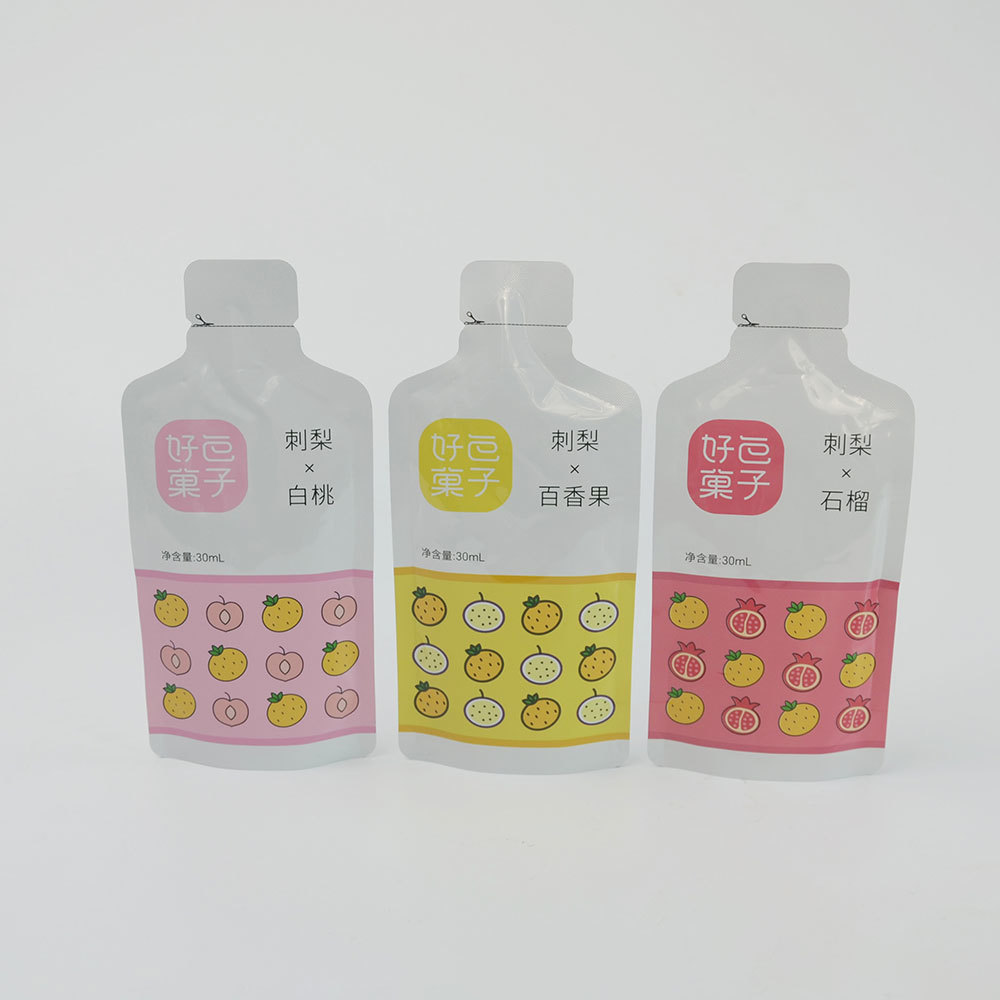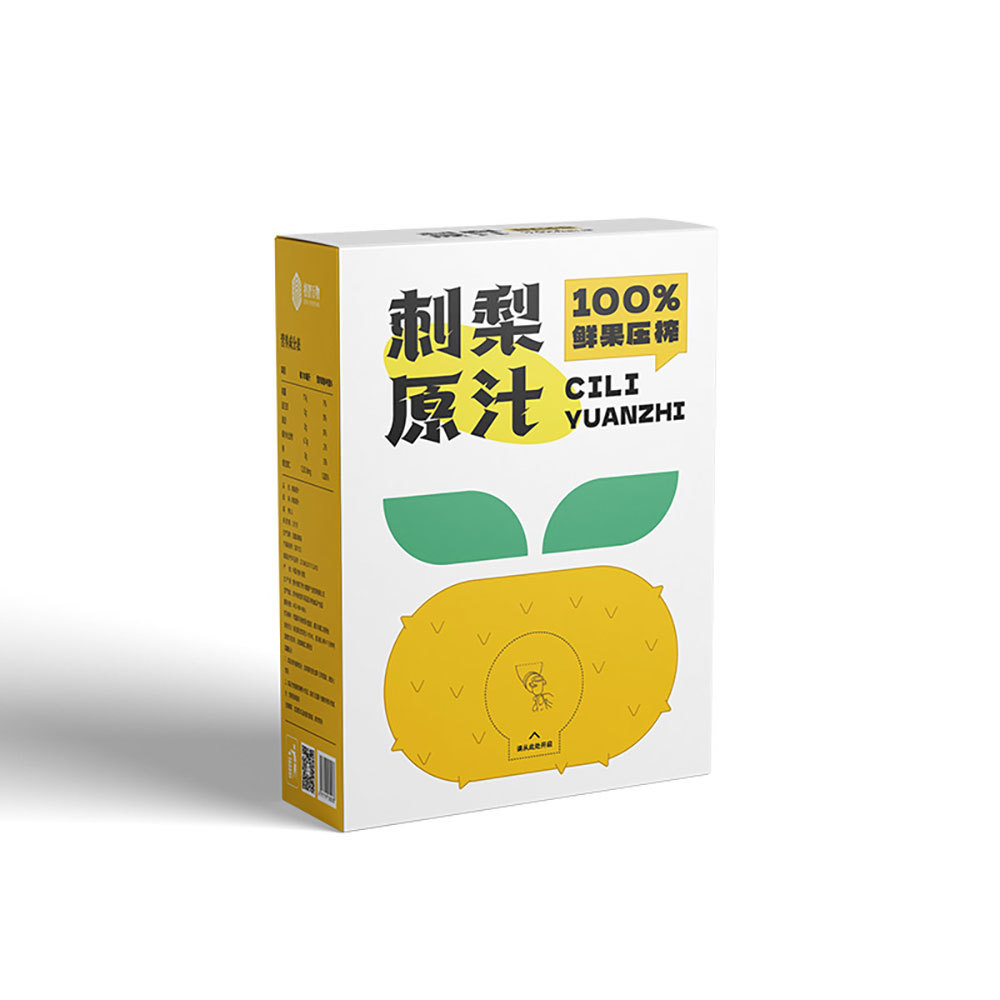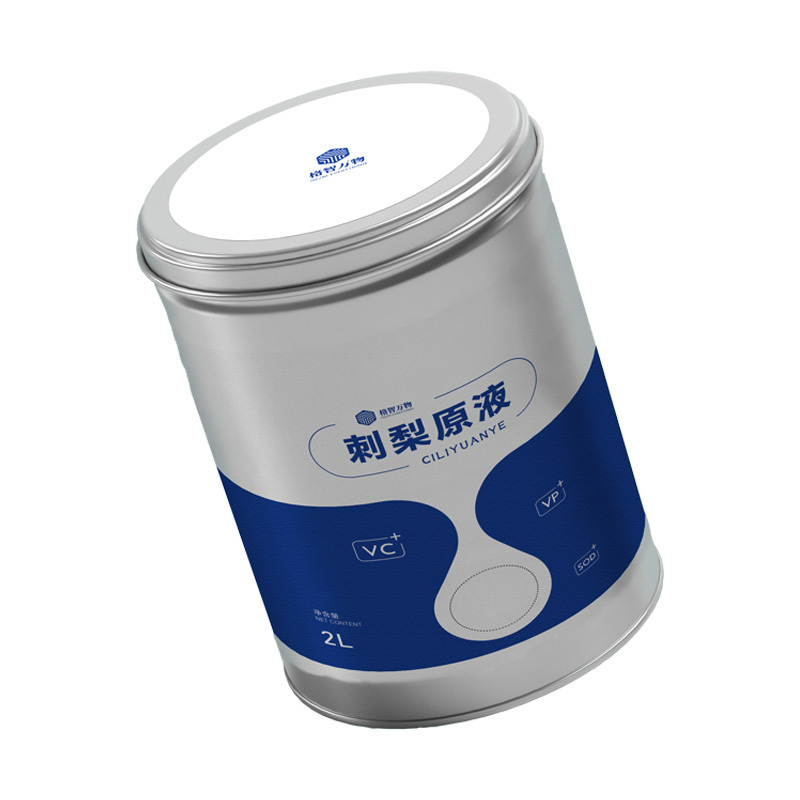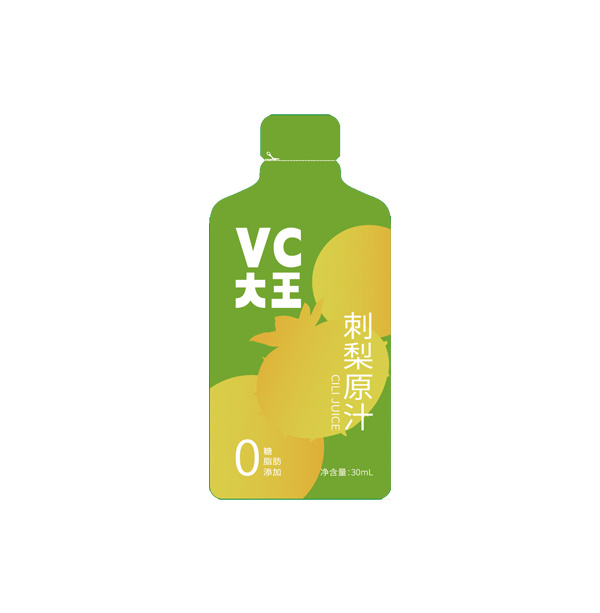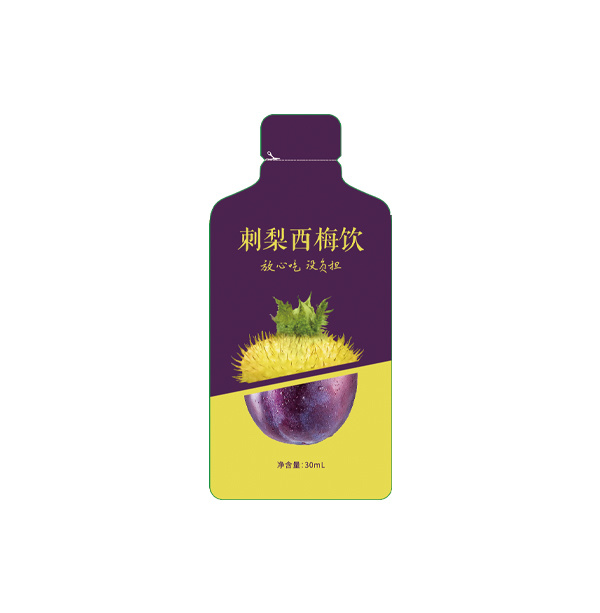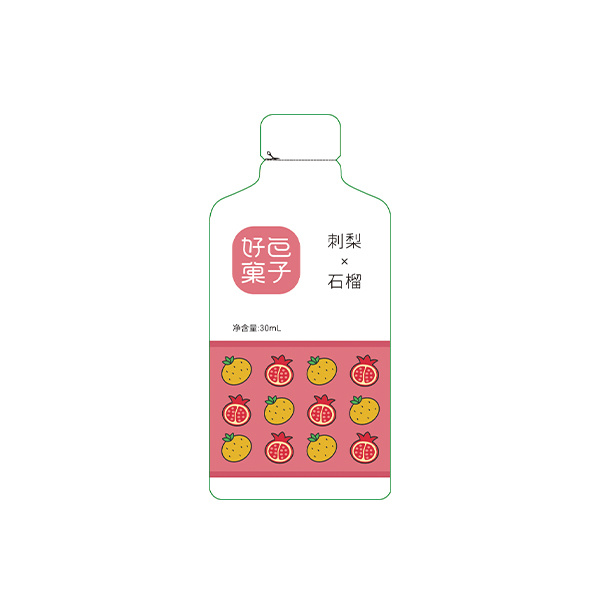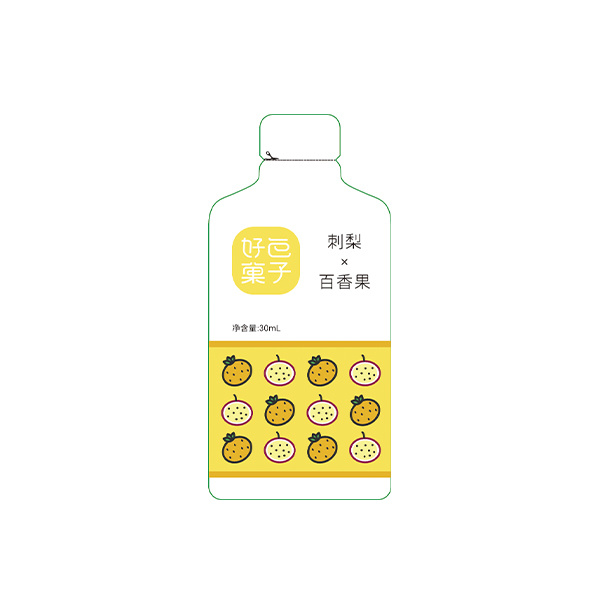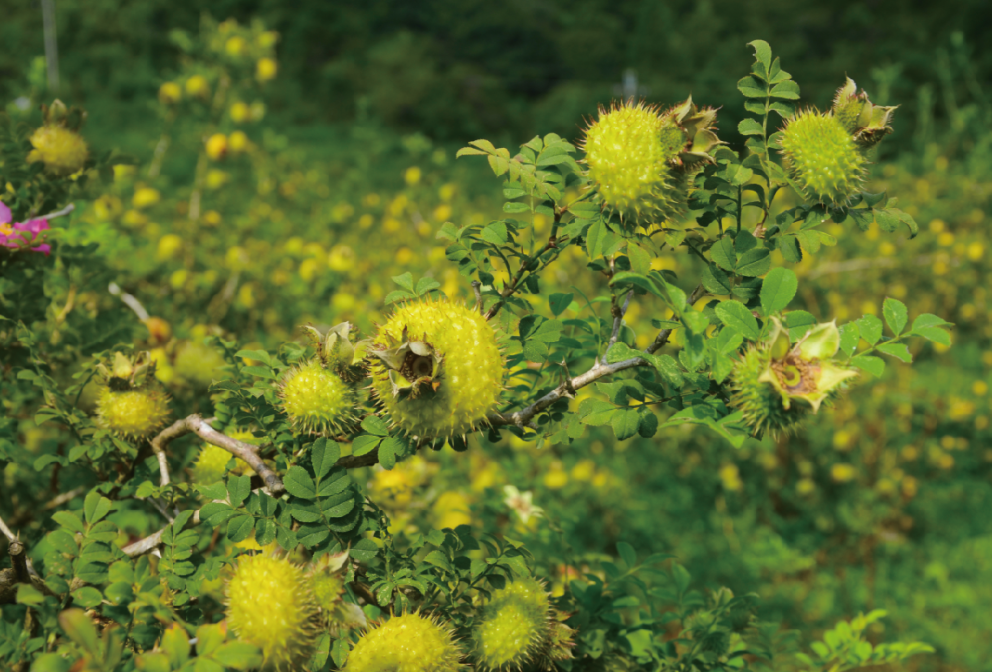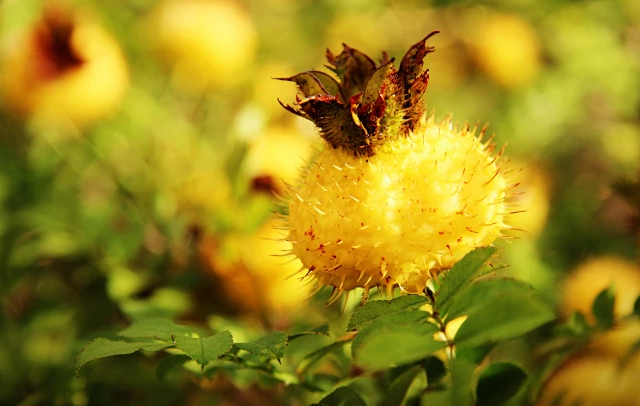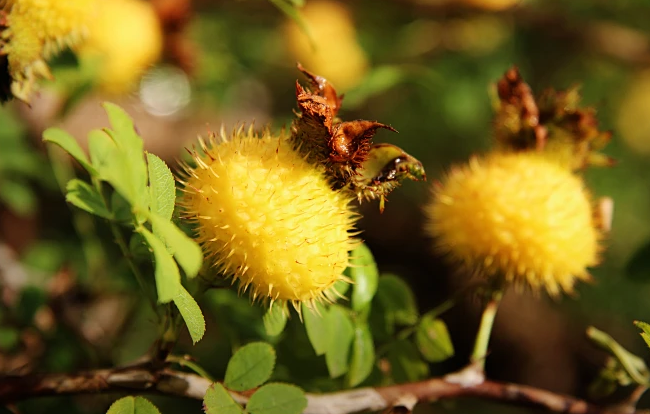Guizhou GEZHI EVERYTHING Big Health Industry Development
Sharing suppliers with "Yuanqi Forest" and China's top 500 enterprises to protect health
SINCE
Guizhou GEZHI EVERYTHING Big Health Industry Development Co., Ltd. is located in Huaxi District, Guiyang City, Guizhou Province. The company focuses on the development of "Rosa roxburghii" series of products. The factory covers an area of 12000 square meters and makes every effort to lay out the marketization and cluster development of Guizhou big health food industry series products, so as to realize the development and growth of big health food industry. The company makes full use of the resource advantages of Guizhou characteristic food, adjusts the industrial structure, actively promotes the development of modern characteristic food processing and manufacturing industry, and creates a new high-growth enterprise of deep processing of Guizhou agricultural special health products (food) around the realization of "global linkage, multi-product fast sales, and cultural empowerment.
Enterprise strength
“
We always adhere to the "nature cultivation" rule,Strictly abide by the "five do not choose fruit" standard, combined with production equipment, small molecule magnetization sterilization vacuum filling technology.
”

Small molecule extraction

Ensure health and retain active nutrients

Vacuum filling technology of small molecule magnetization sterilization

base SOD technology implant technology
8S technology
Stint
From fruit picking to juice taking control in 8 hours of prime time
Systematic
Aseptic production workshop
Special
Origins in Guizhou Plateau
1300-1600 meters above sea level between the foothills
Specific
Many domestic medical scholars demonstrate
Space
2000 mu plateau medicine and food
Rosa roxburghii planting base
Surprise
8 weeks of improvement
Sod
small molecule prickly pear stock solution SOD activity absorption rate
It is more than 8 times of ordinary prickly pear juice
Safe
Plant Extract, Safe
8S technology
Stint
From fruit picking to juice taking control in 8 hours of prime time
Special
Native to the Guizhou Plateau, 1300-1600 meters above sea level between the foothills
Systematic
Aseptic production workshop
Specific
Many domestic medical scholars demonstrate
Space
2000 mu plateau medicine and food dual-use, Rosa roxburghii planting base
Sod
The absorption rate of SOD activity of small molecule Rosa roxburghii raw solution is more than 8 times of that of ordinary Rosa roxburghii juice
Surprise
8 weeks of improvement
Safe
Plant Extract, Safe
Product display
Bring good food to the people.
Guizhou GEZHI EVERYTHING Big Health
Feelings from 26.27 degrees north latitude
It is the love of Guizhou mountains at an altitude of 1300-1600 meters.
A new variety developed on the basis of wild Rosa roxburghii in an anti-wild planting manner.
Standardized and fine fruit selection, accurate fruit shape, large fruit size, average single fruit weight of more than 18g, guaranteed vitamin C content of about 2200mg-3750mg per 100g of fresh fruit, juice with less fiber, crisp quality, sour and sweet with less astringency, and high quality.
News Center
Focus on the forefront of the Rosa roxburghii industry, in-depth report on the scientific research results, planting progress, processing innovation and market trends of Rosa roxburghii, comprehensively present the latest information and in-depth insight in the field of Rosa roxburghii, and build a core hub for information exchange and dissemination in the Rosa roxburghii industry.
Human Resources--
How to Grow Better in Gezhi
Social responsibility--
Gezhi Sustainable Development

